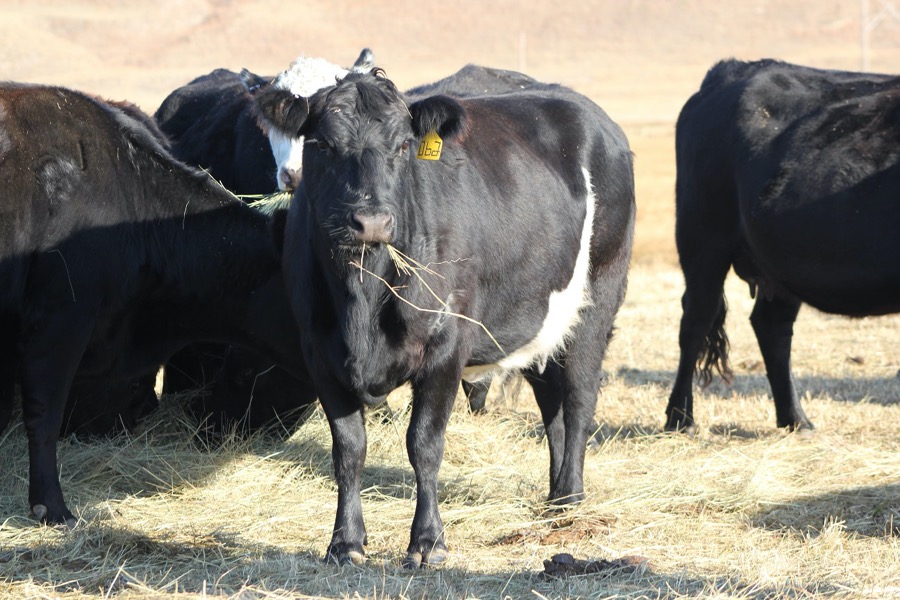
In eastern Nebraska cow-calf producers with spring calving herds generally plan their weaning around harvest and subsequently make decisions about culling cows from the herd. Grounds for being culled may include difficulty rebreeding, old age, genetic improvement from replacement breeding stock, poor health, or physical defects (such as bad feet, mouth, and eyes), disposition, and producing poor quality calves. Historical data shows that culling cows ordinarily generates 15-30% of an operation’s annual income.
Just like all cattle markets, cull cow prices are seasonal with lowest prices typically occurring in the fall as producers cull cows immediately after weaning. This seasonal variance proposes opportunities to deviate from traditional fall marketing and potentially increases salvage value of cull cows by retaining them until prices are higher. However, there are caveats to retaining cull cows. Feed, facilities, added labor, and pasture availability need to be taken into consideration.
Producers do not have to manage all culls the same. If they evaluate culls on a cow-by-cow basis, they possess the ability to ship hard-doing, broken-mouthed cows that likely will not gain weight after weaning, and retain those that they can add condition to for higher seasonal prices. Once cattle are identified for retention the next step is to come up with a feeding program.
Combining added condition and seasonal price increases allows for increased returns from a later marketing of culls. This additional opportunity can be amplified if the carcass grade of the cow is increased. Factors that could potentially inhibit this are high feed prices, poor feed conversions, and related costs that come with retaining cows.
Retention decisions should be made annually for cull cows in good health with lower body condition scores because these are the ones that stand the best chance to put on condition. Producers should make such decisions by evaluating the operations available forage resources, cash flow needs, input costs, and expectations of price fluctuations. This decision should be made on a year-to-year basis based on market outlook and available resources.
Cull cow marketing and retention is not a blanket decision that should be executed the same from year to year. It requires thoughtful decision making, good management, and timely marketing. For more information on Nebraska Beef Extension or cull cow marketing reach me at my office (402) 624-8007 or follow my twitter page @BigRedBeefTalk for more information on Nebraska Beef Extension.